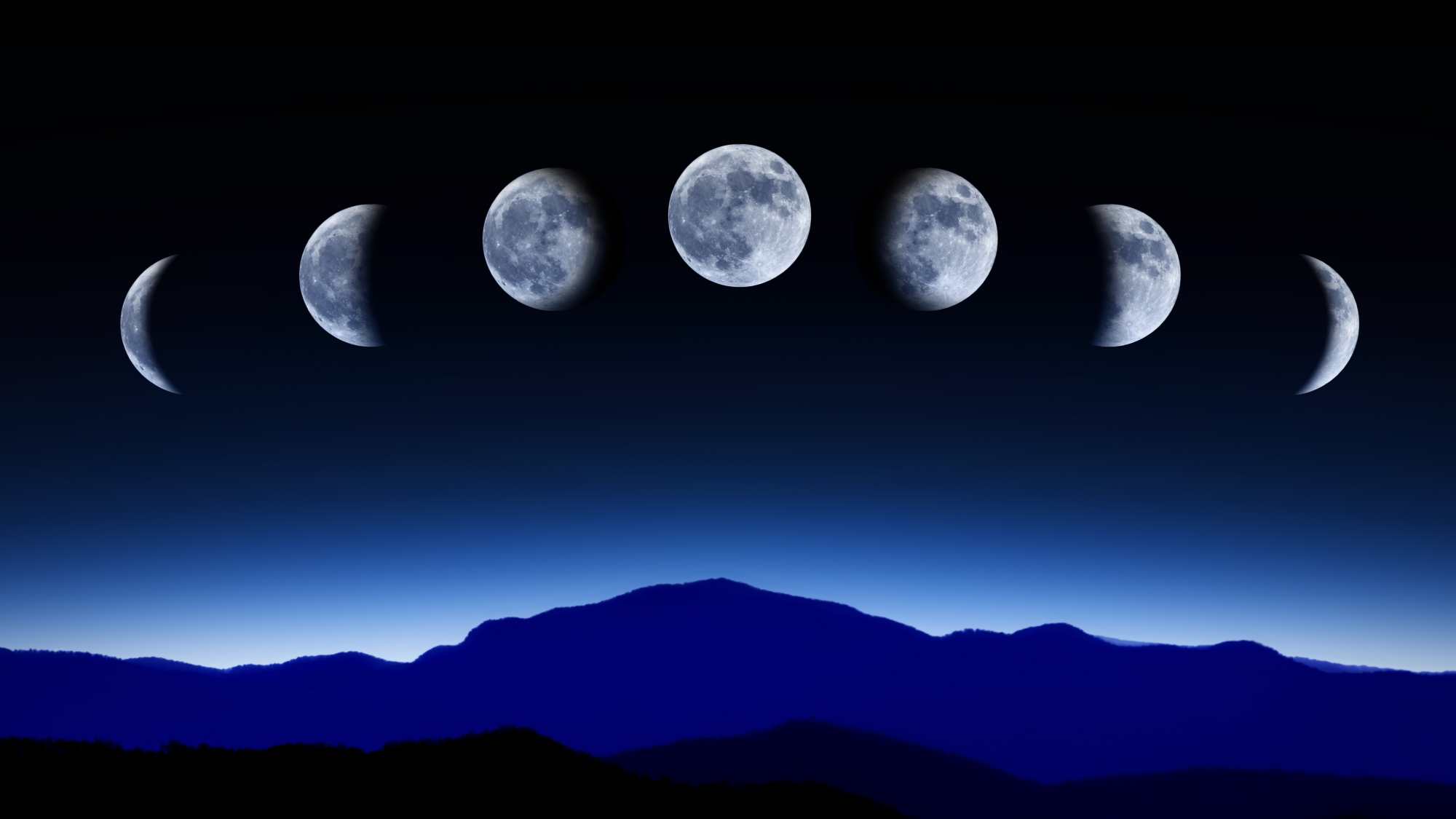
How to Calculate the Time of Moonrise Today
ADVERTISEMENT
Were my eyes playing tricks on me. Did the moon disappear & reappear between 10:50 -11:25 for about 3-5 min on July 23,2023
Sometimes the Moon can seem to disappear briefly at night when clouds flow in front of it for a bit. The clouds may not be easily visible, especially when the Moon is not full (and therefore there isn’t as much moonlight), and it makes it seem as the Moon is disappearing on its own. Or, if the Moon is close to the horizon, it may be blocked temporarily by something such as a far-off bridge or tree that might not have been easily visible at night. If you were viewing the Moon over a body of water, sometimes a passing ship may obscure it for a moment.
In Eastern Daylight time in Boston, Massachusetts, on July 23, 2023, the Moon (a waxing crescent) rose at about 11 am in the east, crossed the meridian at about 5:10 pm, and set in the west at about 11:09 pm. In Pacific Daylight time in Seattle, Washington, it rose at about 11:34 am, crossed the meridian at about 5:40 pm, and set at about 11:34 pm. So, for the period that you mentioned, between 10:50 and 11:25, the Moon was setting, and likely somewhat close to the horizon, so it may have been obscured for just a few minutes by moving clouds (or a passing ship), or by an object on the horizon briefly as the Moon descended behind it. Perhaps that is what happened? Hope this helps!
The Moonbeam was a pretty gold-silver hue~(large moonbeam seen Jan. 24th); (Conn.);
Although I missed the setting Moon behind the White Pines; there was a huge Moonbeam before Moonset; it was behind hte moon beaming upward; up into the sky; a pretty oold-silver hue~
when moon rise?
Stars actually NEVER appear in FRONT of the moon!
Correct. As mentioned in the first comment below, the stars are just a decorative icon, not an astronomical representation.
It seems a lot more chaotic than the 50 minutes rule:
Moonrise, Moonset and Meridian Passing in Norwich UK 2015
Feb 14 3:16 AM 12:09 PM - 7:43 AM
Feb 15 4:13 AM 1:08 PM - 8:40 AM
Feb 16 5:04 AM 2:17 PM - 9:38 AM
Feb 17 5:48 AM 3:34 PM - 10:37 AM
Feb 18 6:25 AM 4:56 PM - 11:36 AM
Feb 19 6:59 AM 6:20 PM - 12:33 PM
Feb 20 7:29 AM 7:43 PM - 1:29 PM
The moon rises and sets in all sorts of directions and is up for various amounts of time. I presume there's a pattern similar to that of the sun but I can't imagine the set-up well enough to imagine and understand it.
Meridian Passing time seems fairly well ordered, about 56 to 59 minutes later each day but still not the 50 minutes.
Help ? :-)
The 50-minute rule is a very general guideline. The exact timing of moonrise/set will be dependent on several factors, including longitude, latitude, season, and moon phase. Hope this helps!
been following 6pm moons since august actually. i am a moony.
i'm like whoa! from direct south, to direct east points, the moon rises a one league to the east every night, traveling westerly through out the night. ....after the 6 full moons arriving more easterly every night, are many no moon nights at 6pm. except for the last of these, the moon will show its shiny face in the morning. the morning moons. ..back to whoa: 8 nights between point south to point east, until Feb. was i surprised in February, that there were only 7 nights! 28 days, dugh. As we know February does. Except March is 6 nights, [and more confusion to confusing to write here], regarding where the moon is seen twice at the same points near direct west, south, so on. There are 31 days in March.
Is there some explainable typical March reason for this?










